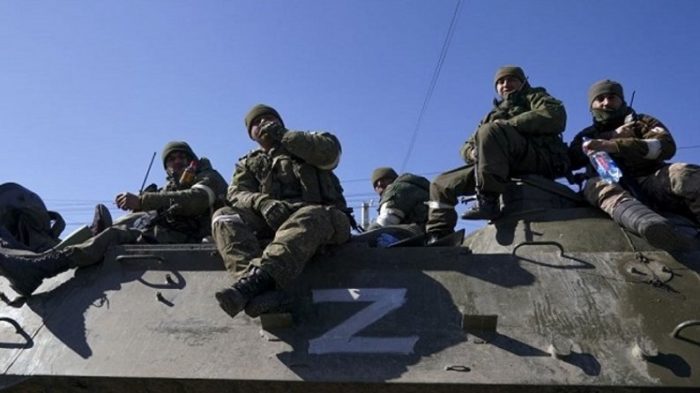Military experts debate if the cheap first-person-view (FPV) drones can replace artillery in the future. Military analyst Serhii Berezutskyi told ArmyInform that it is early to say that drones can replace artillery despite the fact that both weapons have areas of combat use that partially overlap.
With the US and EU aid packages delayed, Ukraine is ramping up the production of one-way attack suicide” drones to compensate for the lack of artillery shells at the front, the Ukrainian Deputy Defense Ministry
said.
First-person view (FPV) is a method for remotely controlling vehicles like military drones from the operator's perspective using onboard cameras and FPV goggles.
The typical FPV drone used by Ukraine’s Armed Forces combines a quadcopter design, a technical vision system, and a small warhead, usually taken from a grenade launcher’s projectile. The FPV aerial vehicles are one-way-attack or suicide drones that use high-explosive and fragmentation munitions as their warheads to destroy manpower or target armored vehicles.
FPV drone vs artillery
According to Berezutskyi, comparing the use of an FPV drone with an artillery shell is incorrect for a number of reasons, so based on his expertise, it is not advisable to directly compare their impacts.
Unlike artillery systems with the capability to launch heavier projectiles over several dozen kilometers, a standard FPV drone typically has a limited range of just a few kilometers.
Berezutskyi highlights that FPV drones are nearing the range and capabilities of battalion mortars, though this comparison is conditional. While FPV drones with up to a 30-kilometer range exist, it's premature to claim they can entirely substitute conventional artillery.
What FPV drones can not do?
The expert says the utilization of FPV drones does not currently allow for barrage fire or suppression of a stronghold, but their massive use could disrupt the advance of an enemy column or destroy the firing points of a Russian platoon stronghold before a Ukrainian assault begins.
The FPV drone's warhead may have lower firepower than an artillery shell, but it makes up for it with remarkable precision. In some instances, FPV drones can penetrate a tank hatch or enter a dugout. The future promises increased tactical effectiveness through the swarming deployment of UAVs.
Therefore, Berezutskyi argues that comparing FPV drone usage with artillery shells is flawed for several reasons despite their shared combat application areas.
The expert underscores the unique roles of these weapon classes. Artillery excels at long ranges. Meanwhile, FPV drones are short-range, cost-effective, precise weapons.
Artillery and missiles, with the added assistance of FPV drones, do the job
According to military observer Viktor Kobzaryk, in both 2022 and 2023, the Ukrainian military was most active in destroying enemy missile and artillery systems in the midst of our counter-offensive and offensive actions. It would have been simply impossible to do the same amount of work to destroy Russian artillery using FPV drones alone.
Armyinform notes that the Ukrainian Armed Forces destroyed 2,021 Russian artillery systems in 2022, according to the Ukrainian General Staff’s data. In 2023, a remarkable achievement unfolded as 6,553 enemy self-propelled and towed artillery units, along with the majority of the 947 MLRS, were eliminated without any reliance on air support.
Read also:
- Ukraine’s FPV drone production nearly sixfold behind Russia’s amidst engineers shortage
- Ukraine’s top general wants more military aircraft to turn the tide of war
- Ukraine ramps up long-range drone production to dozens per month
- Defense Ministry: Ukraine ramping up production of kamikaze drones due to shell shortages





